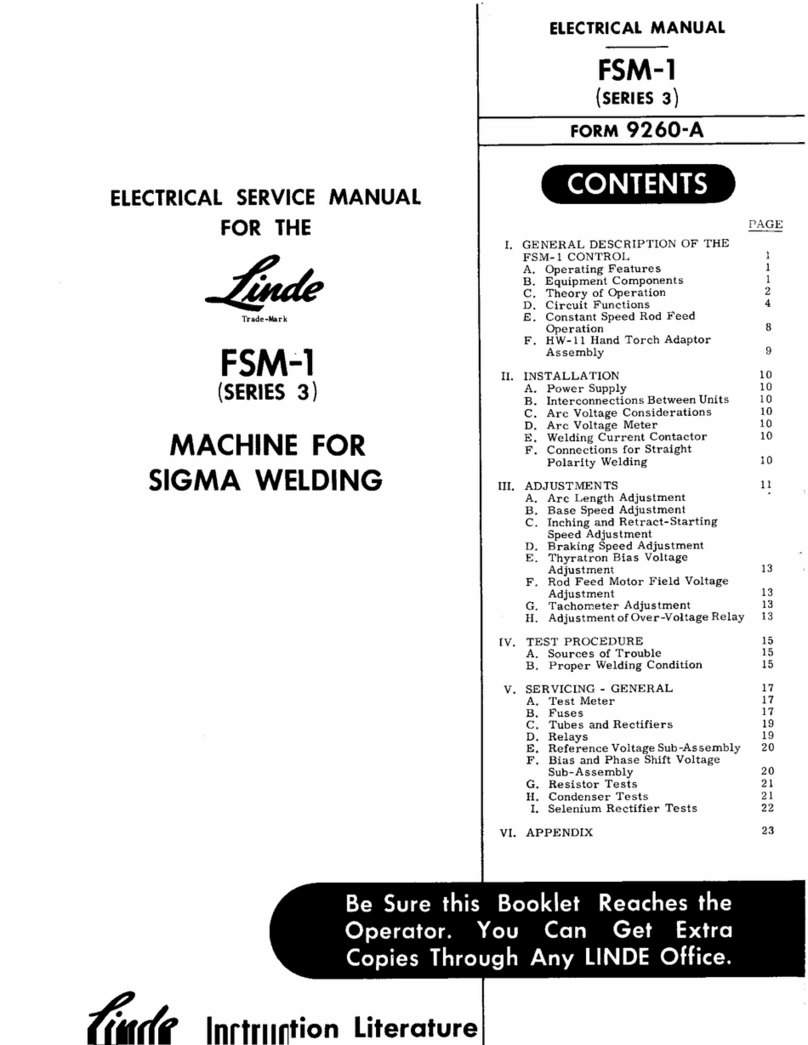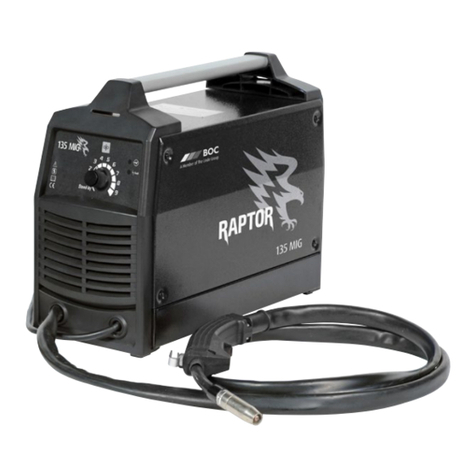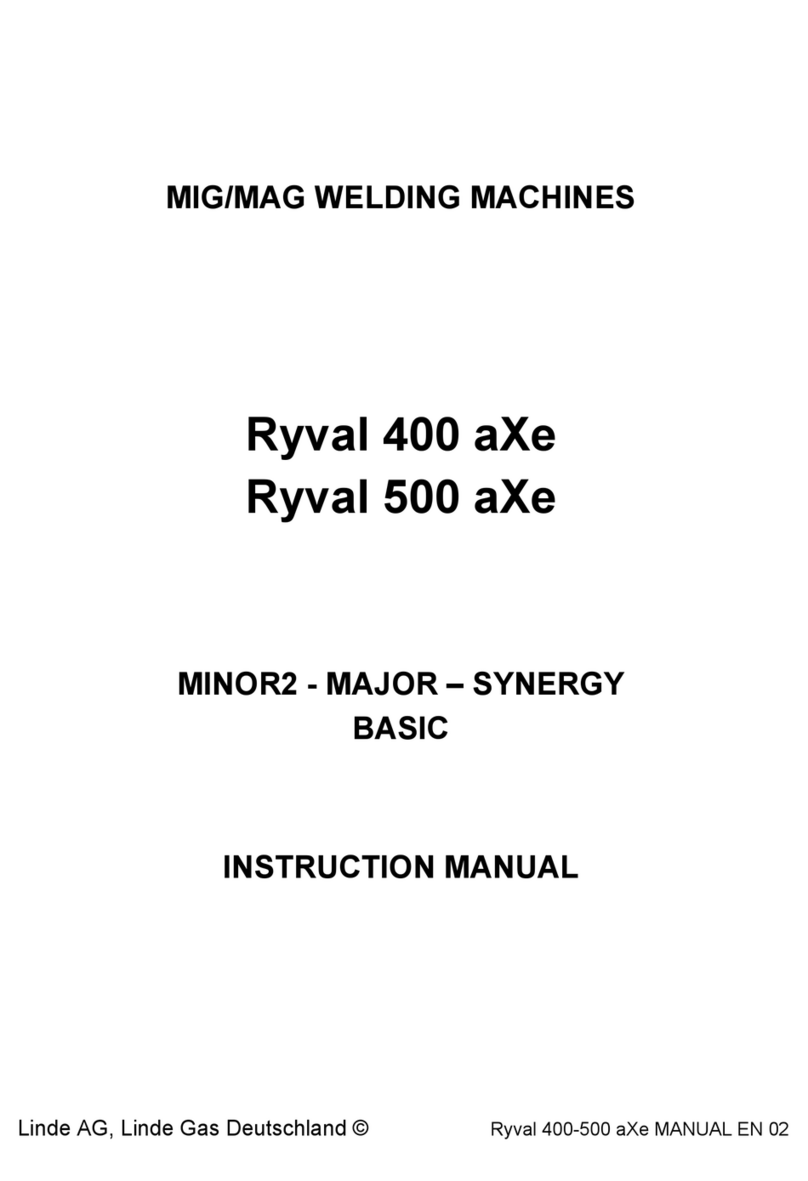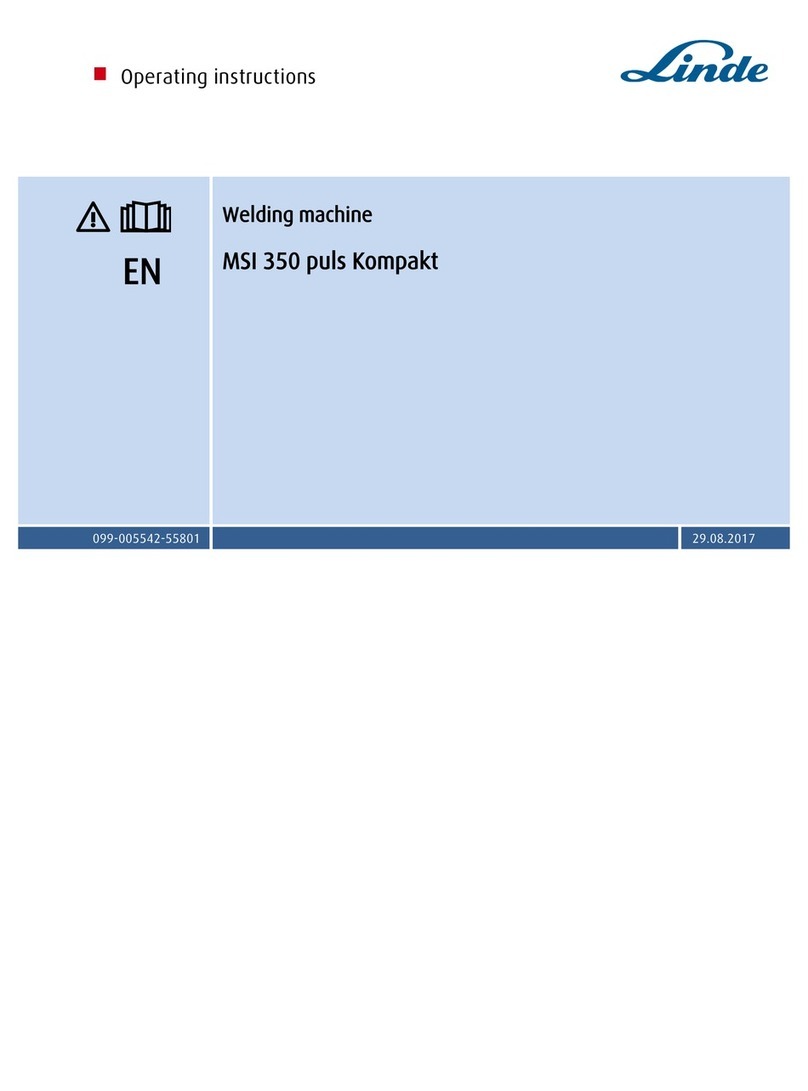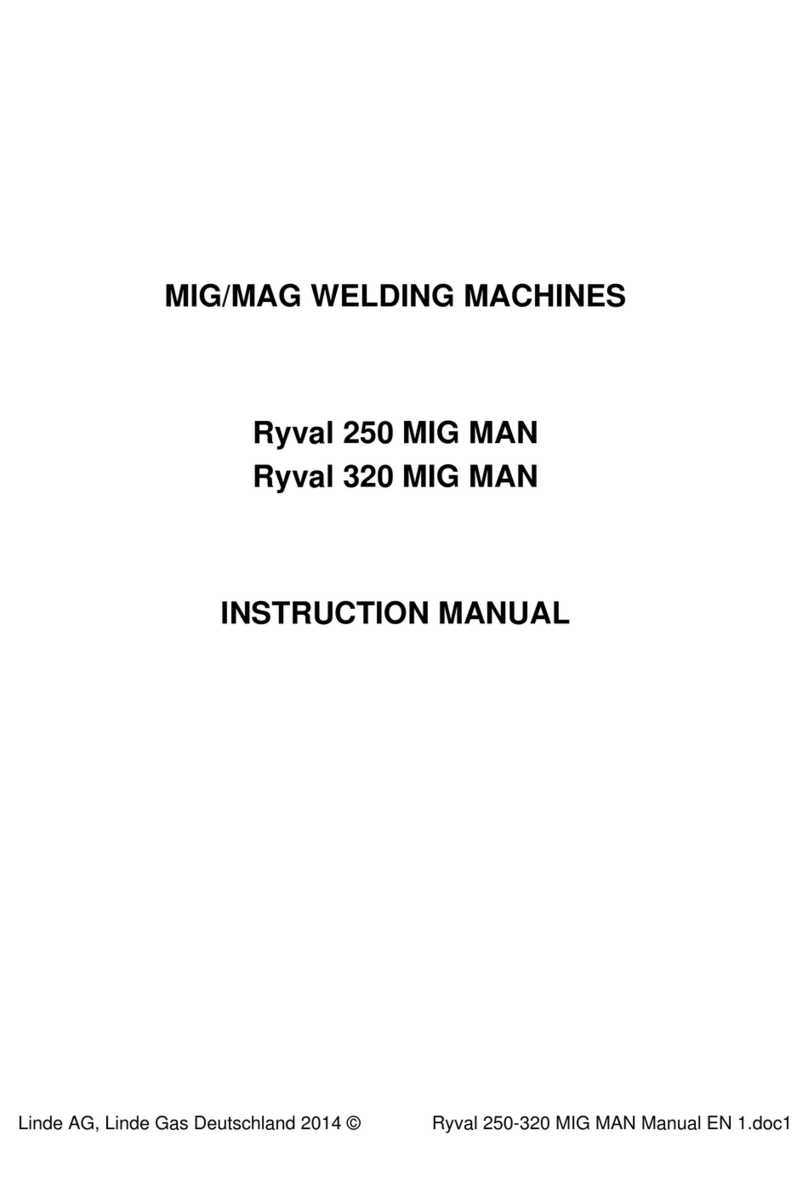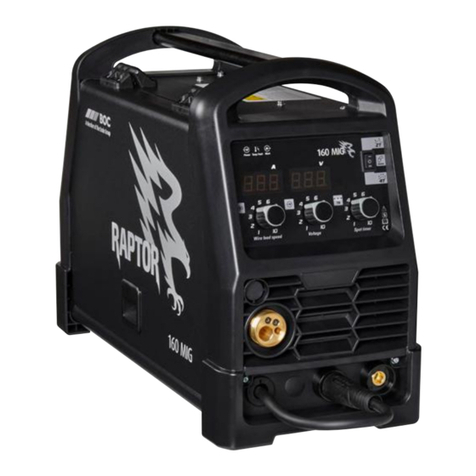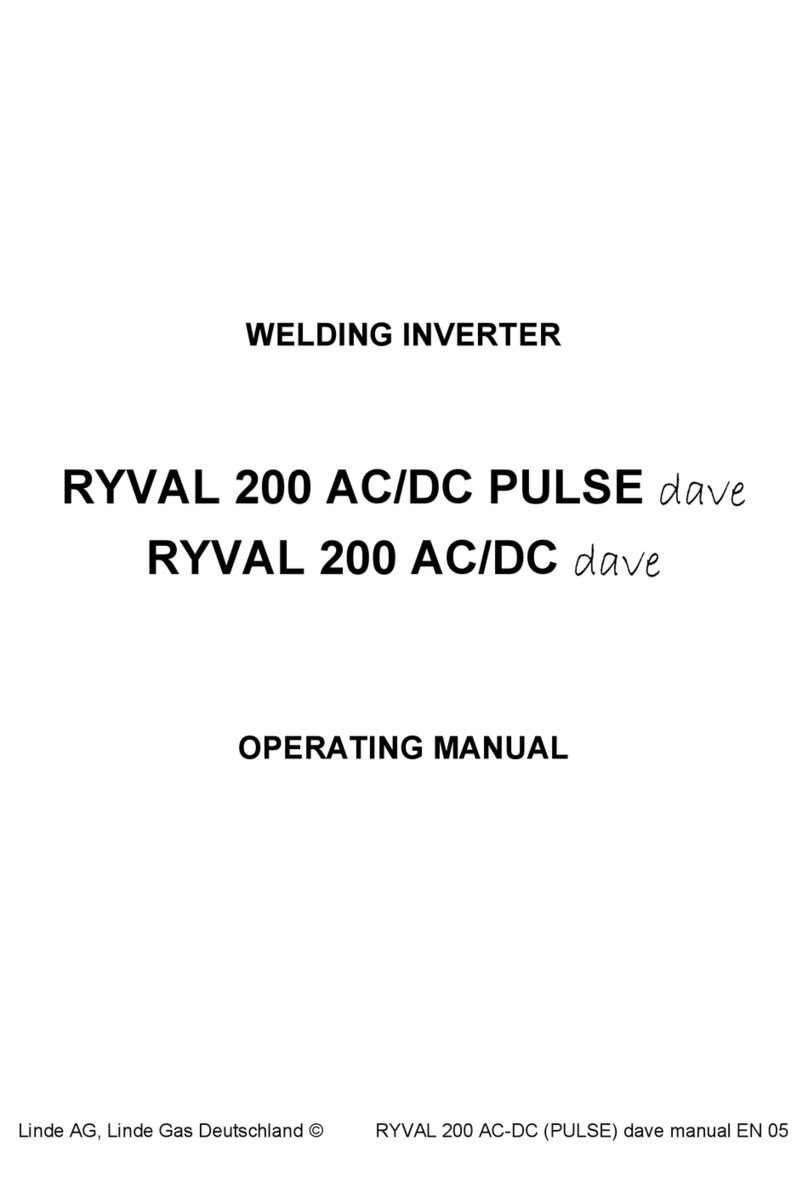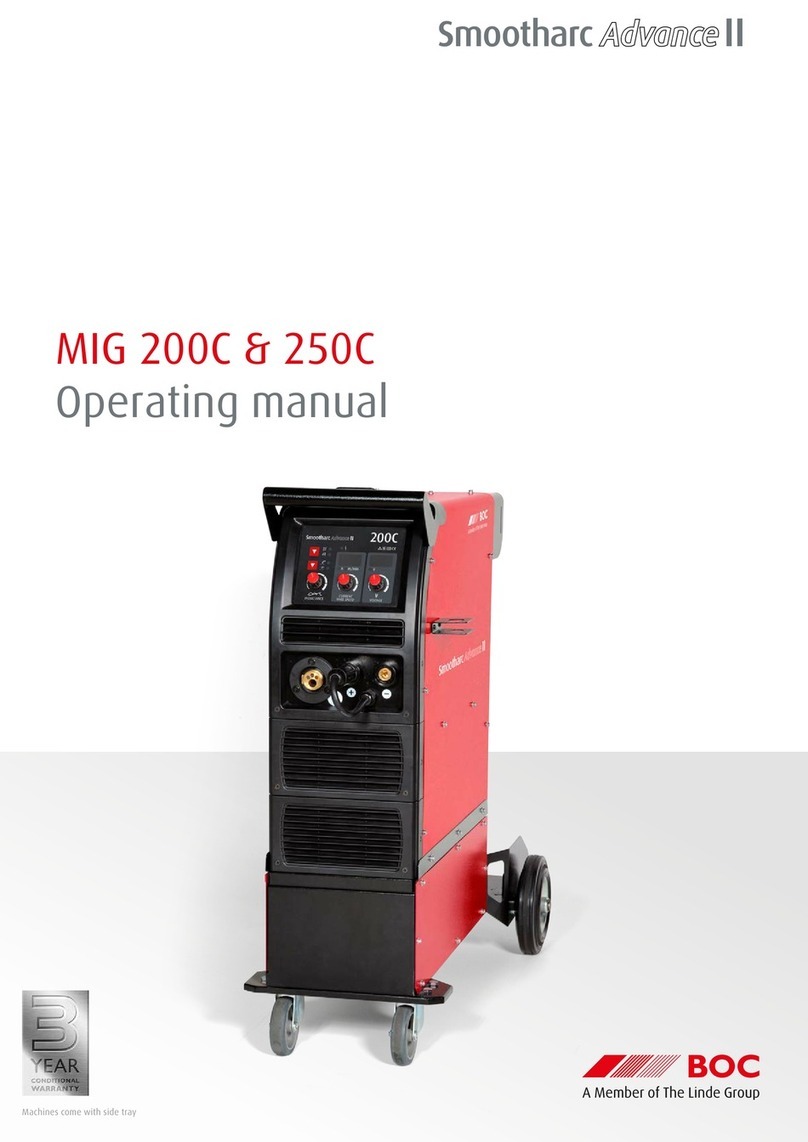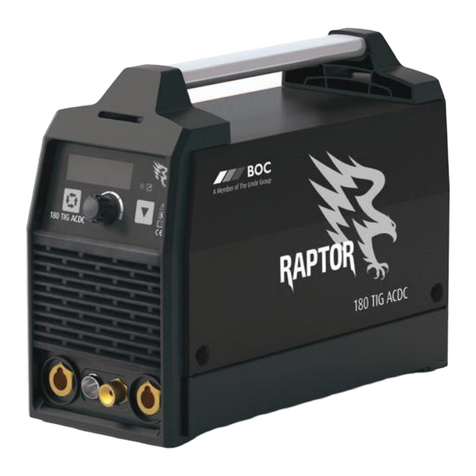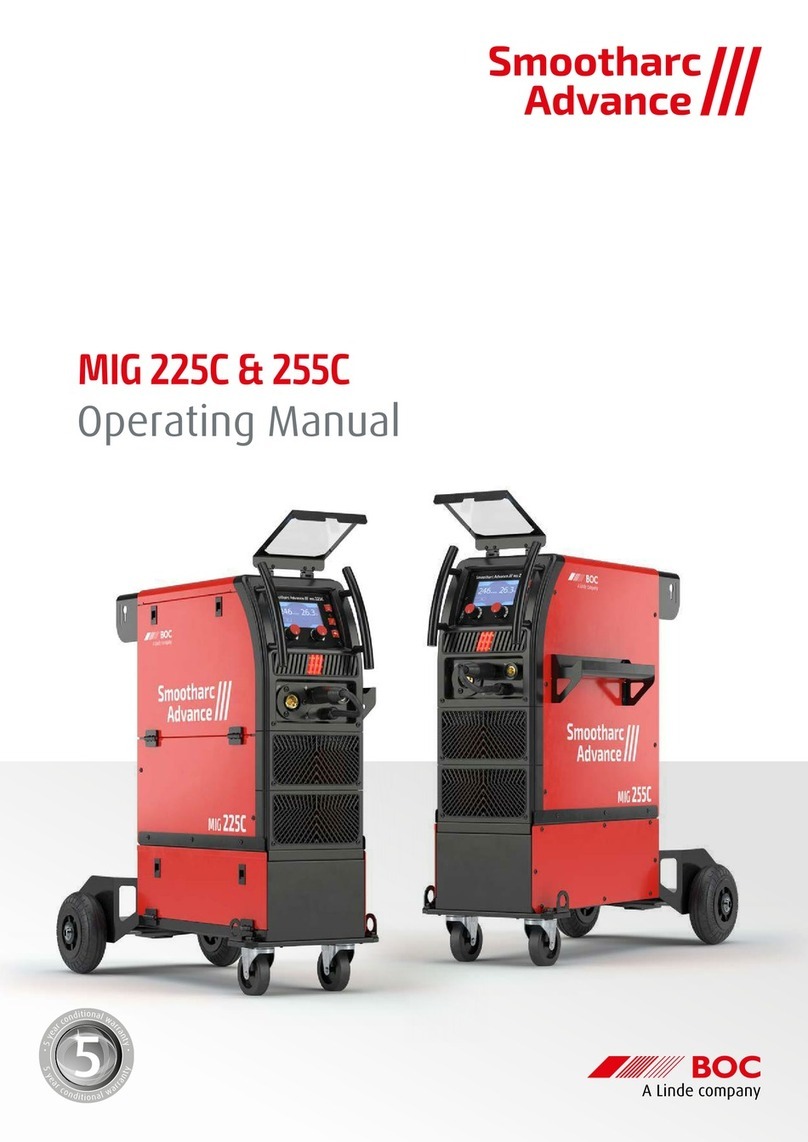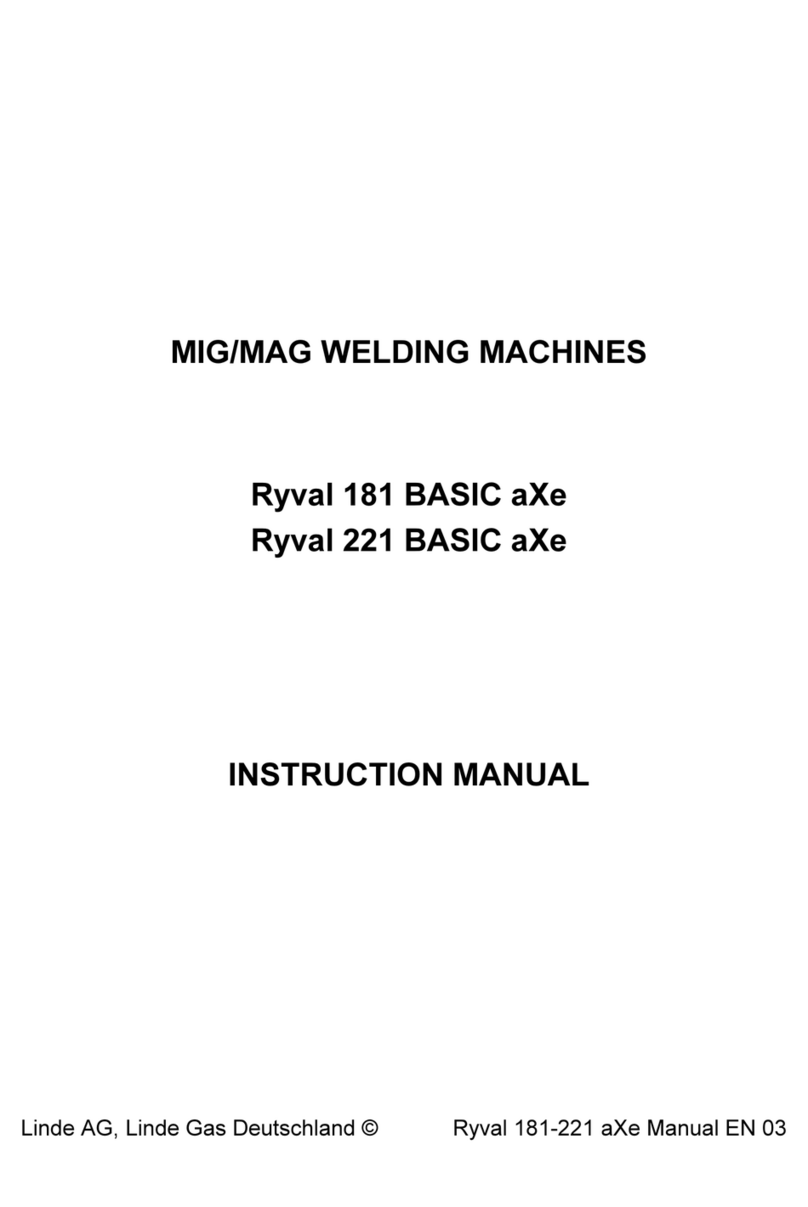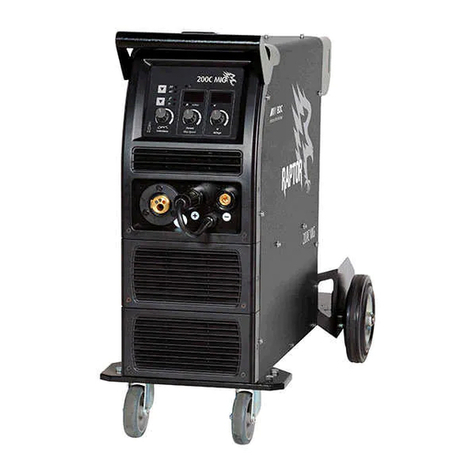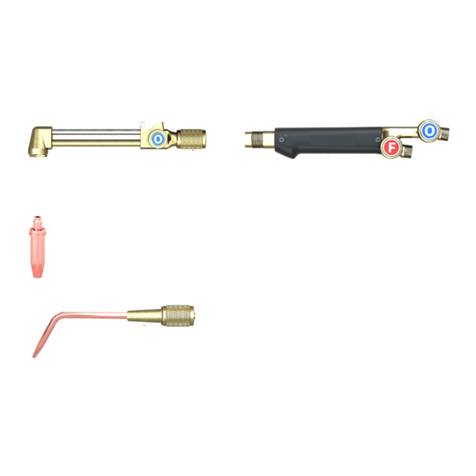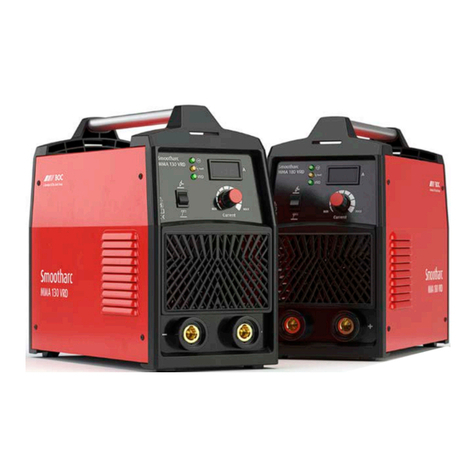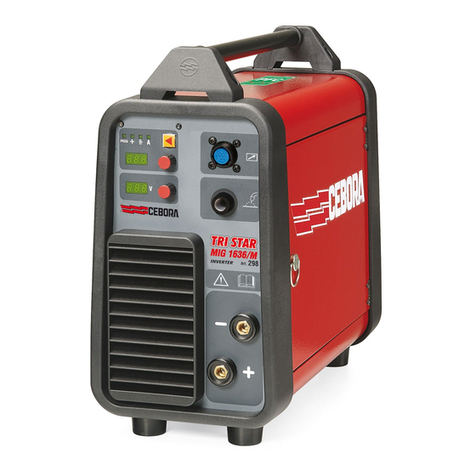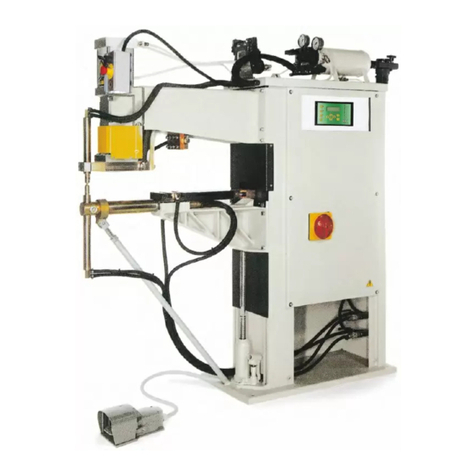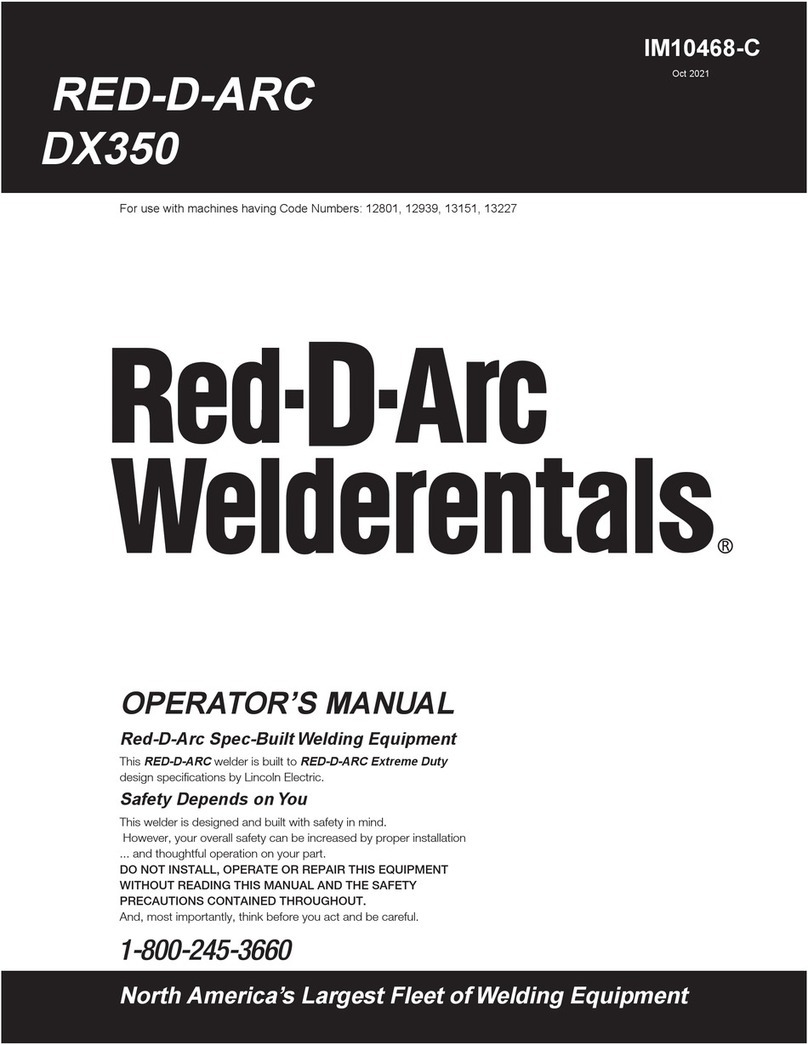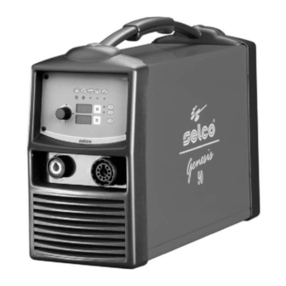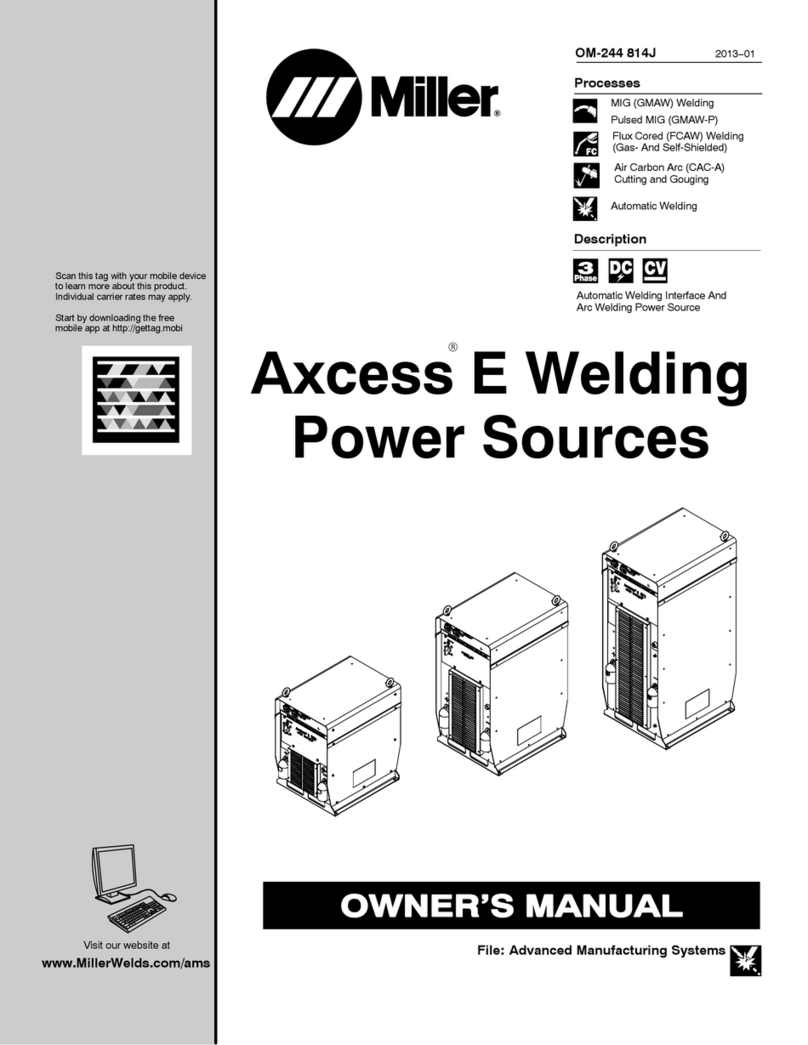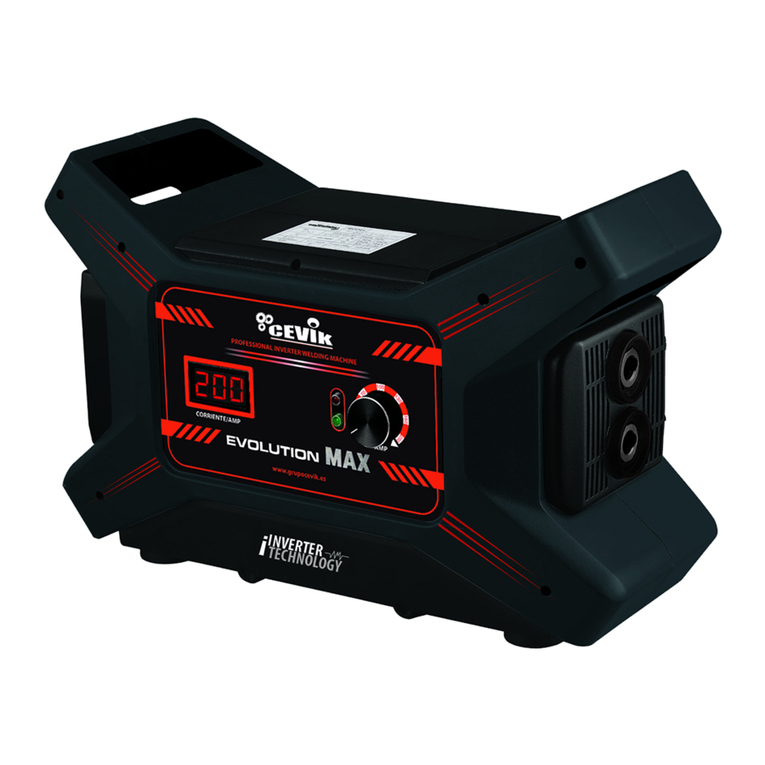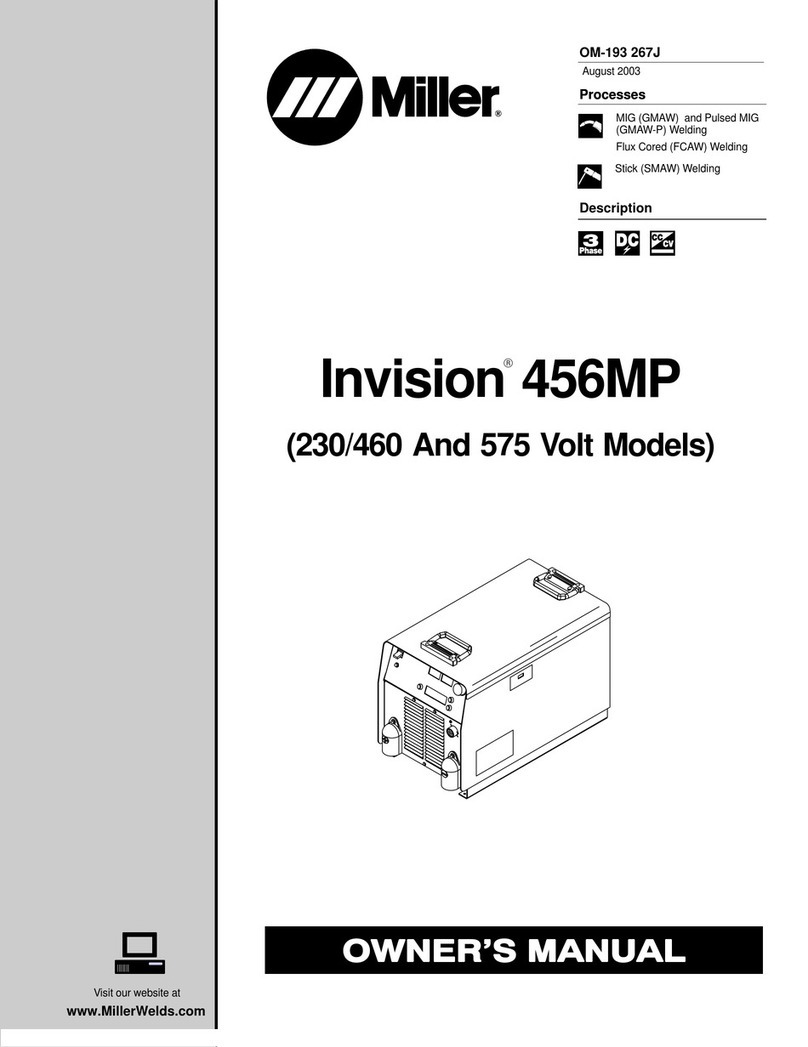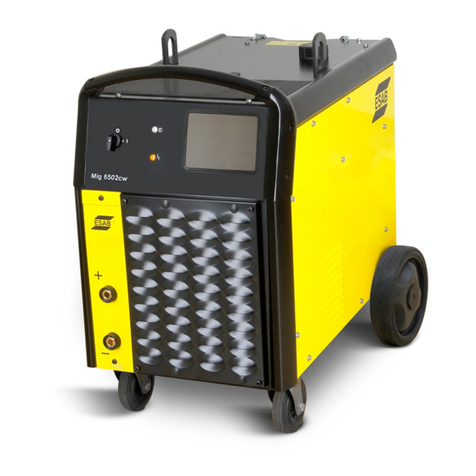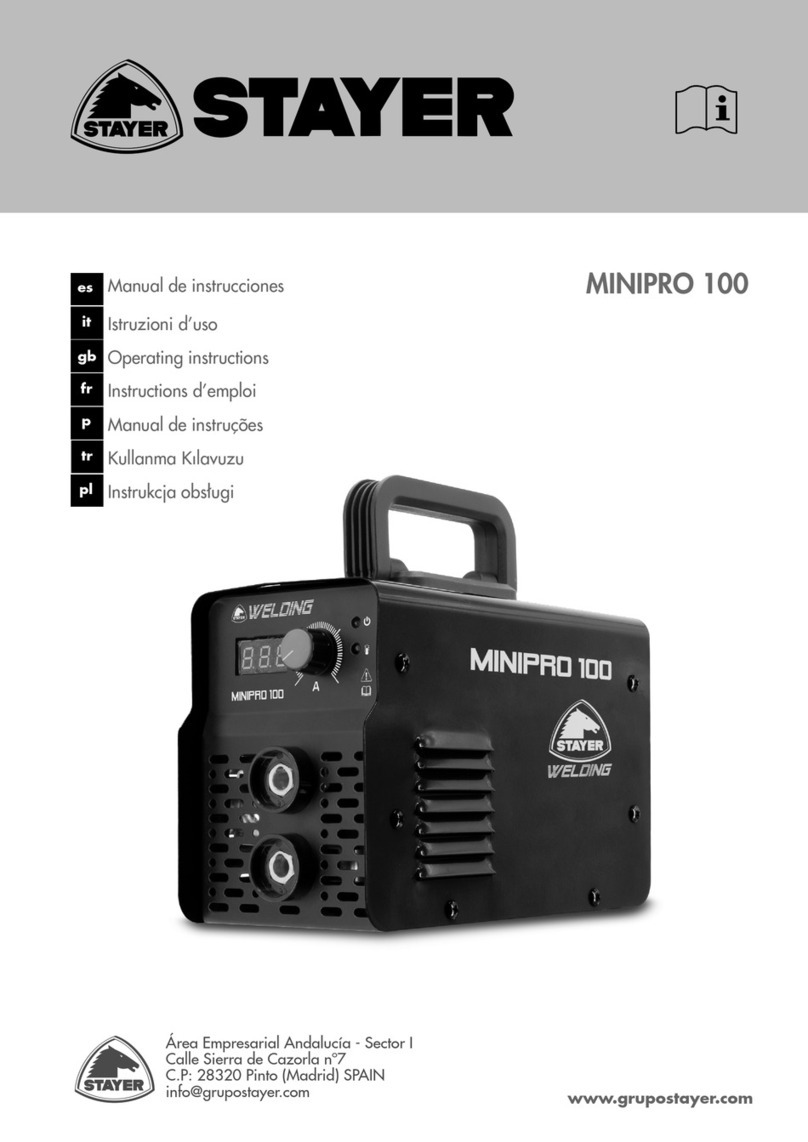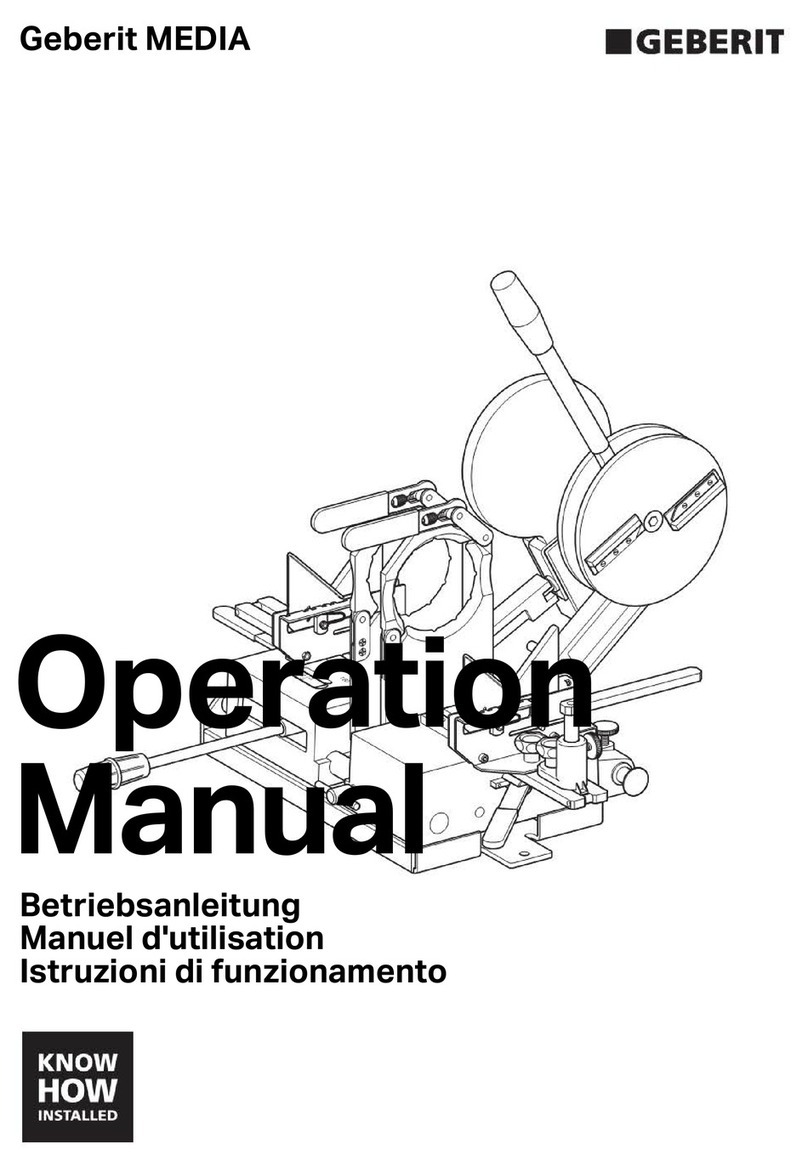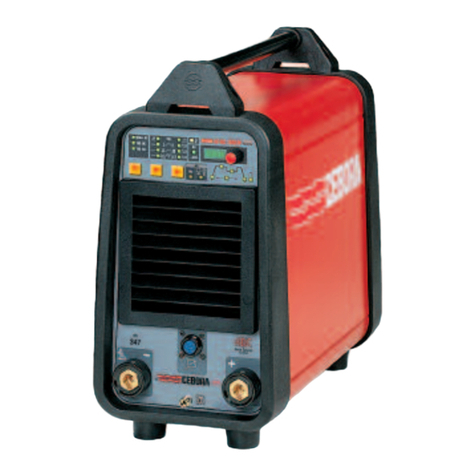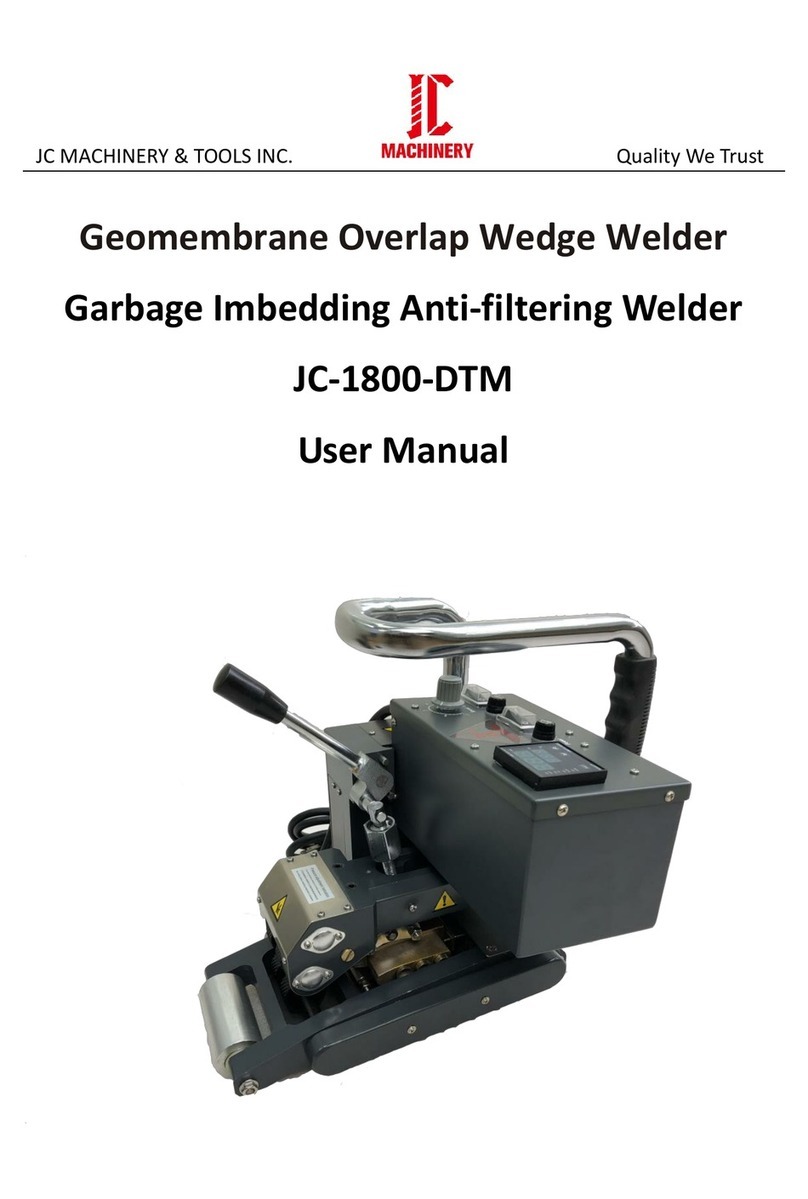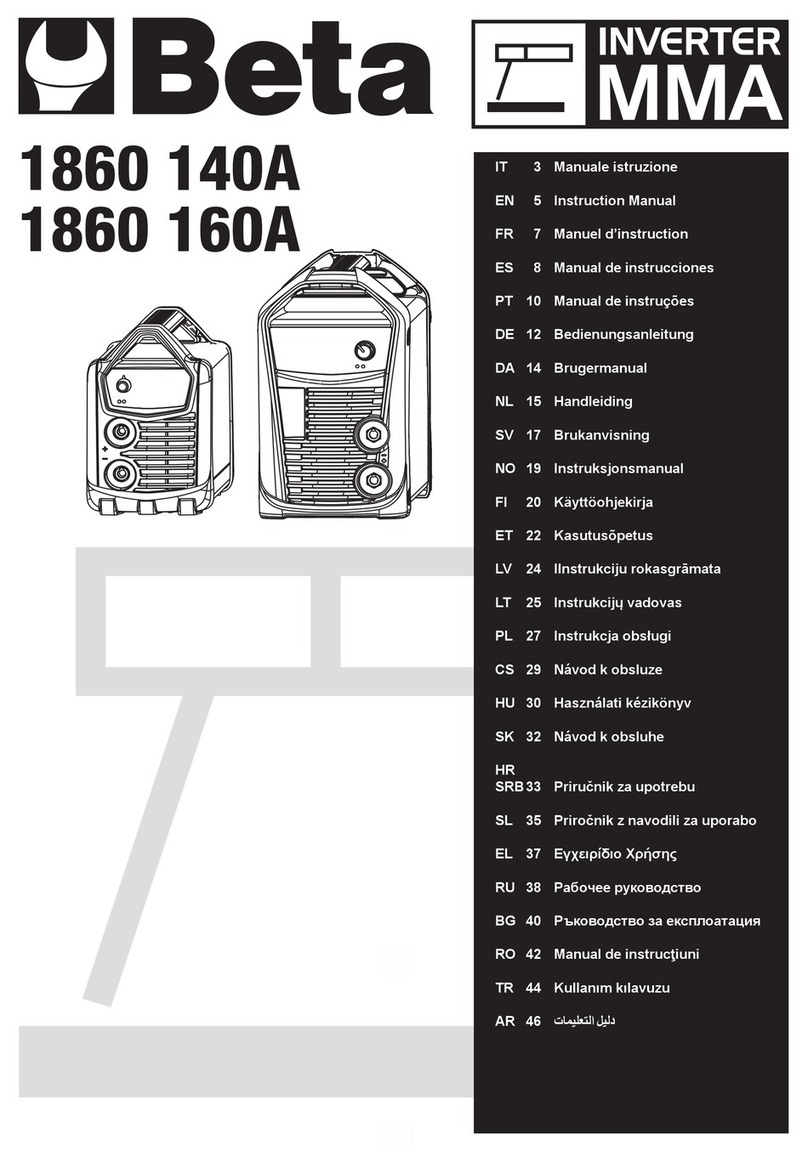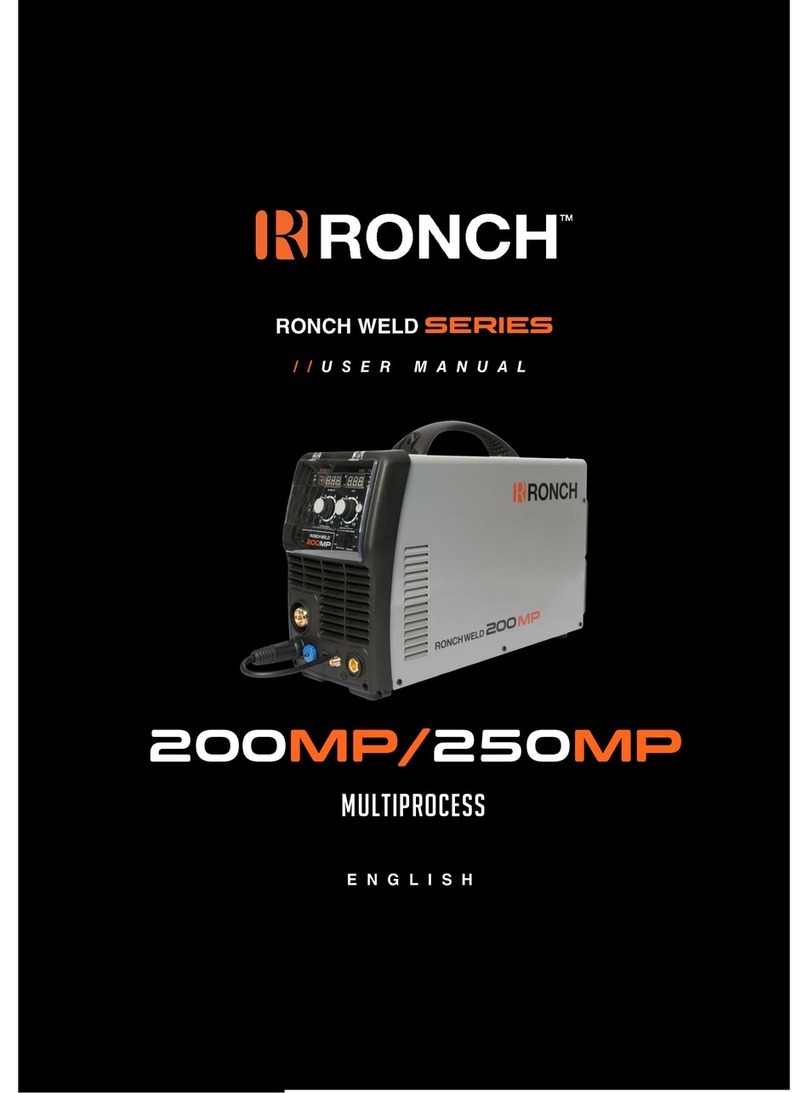
16
6.2 Introduction to Flux Cored Arc
Welding (FCAW)
How it Works
Flux-cored arc welding (FCAW) uses the heat
generated by a DC electric arc to fuse the metal
in the joint area, the arc being struck between a
continuously fed consumable ller wire and the
workpiece, melting both the ller wire and the
workpiece in the immediate vicinity. Theentire arc
area is covered by a shielding gas, which protects
the molten weld pool from the atmosphere.
FCAW is a variant of the MIG/MAG process and
while there are many common features between
the two processes, there are also several
fundamental dierences.
As with MIG/MAG, direct current power sources
with constant voltage output characteristics are
normally employed to supply the welding current.
With ux-cored wires the terminal that the ller
wire is connected to depends on the specic
product being used, some wires running electrode
positive, others running electrode negative. The
work return is then connected to the opposite
terminal. It has also been found that the output
characteristics of the power source can have an
eect on the quality of the weldsproduced.
The wire feed unit takes the ller wire from a
spool, and feeds it through the welding torch,
to the arc at a predetermined and accurately
controlled speed. Normally, special knurled feed
rolls are used with ux-cored wires to assist
feeding and to prevent crushing theconsumable.
Unlike MIG/MAG, which uses a solid consumable
ller wire, the consumable used in FCAW is of
tubular construction, an outer metal sheath being
lled with uxing agents plus metal powder.
The ux ll is also used to provide alloying, arc
stability, slag cover, de-oxidation, and, with some
wires, gasshielding.
In terms of gas shielding, there are two dierent
ways in which this may be achieved with the FCAW
process.
• Additional gas-shielding supplied from an
external source, such as a gas cylinder
• Production of a shielding gas by decomposition
of uxing agents within the wire, self-shielding
Gas shielded wires are available with either a basic
or rutile ux ll, while self-shielded wires have a
broadly basic-type ux ll. The ux ll dictates the
way the wire performs, the properties obtainable,
and suitable applications.
Gas-shielded Operation
Many cored wire consumables require an auxiliary
gas shield in the same way that solid wire MIG/
MAG consumables do. These types of wire are
generally referred to as ‘gas-shielded’.
Using an auxiliary gas shield enables the wire
designer to concentrate on the performance
characteristics, process tolerance, positional
capabilities, and mechanical properties of
theproducts.
In a ux cored wire the metal sheath is generally
thinner than that of a self-shielded wire. The area
of this metal sheath surrounding the ux cored
wire is much smaller than that of a solid MIG/MAG
wire. This means that the electrical resistance
within the ux cored wire is higher than with solid
MIG/MAG wires and it is this higher electrical
resistance that gives this type of wire some of its
novel operatingproperties.
One often quoted property of uxed cored wires
are their higher deposition rates than solid MIG/
MAG wires. What is often not explained is how they
deliver these higher values and whether these
can be utilised. For example, if a solid MIG/MAG
wire is used at 250 amps, then exchanged for a
ux cored wire of the same diameter, and welding
power source controls are left unchanged, then
the current reading would be much less than 250
amps, perhaps as low as 220 amps. This is because





















